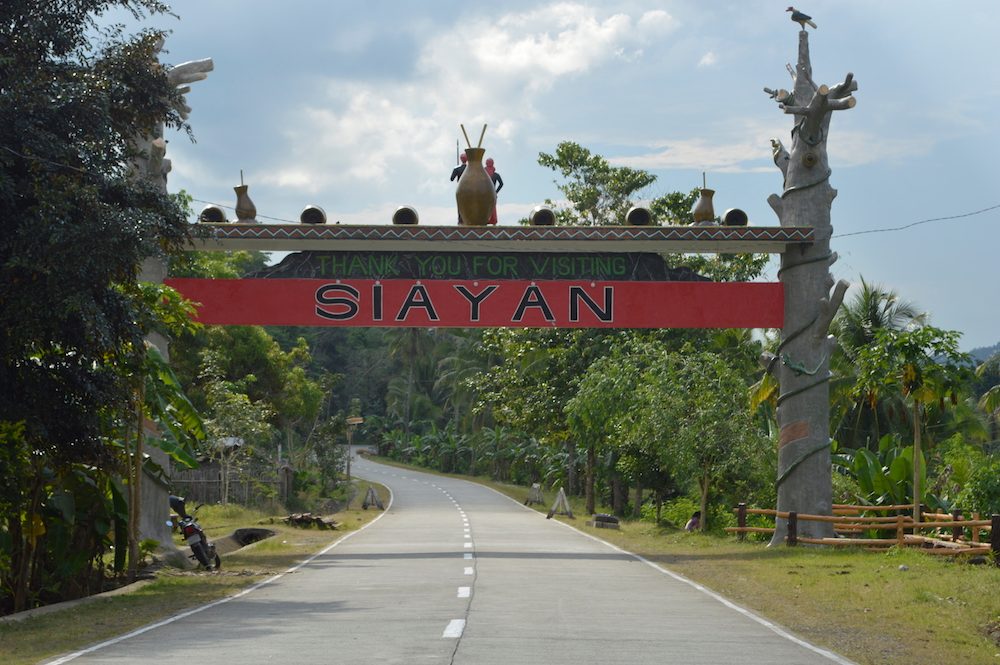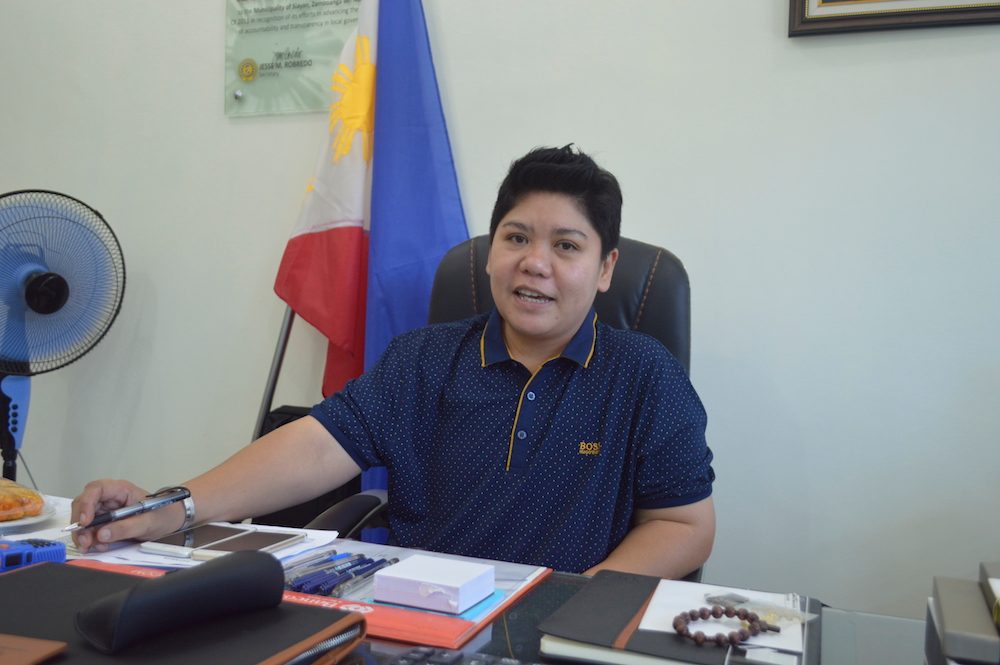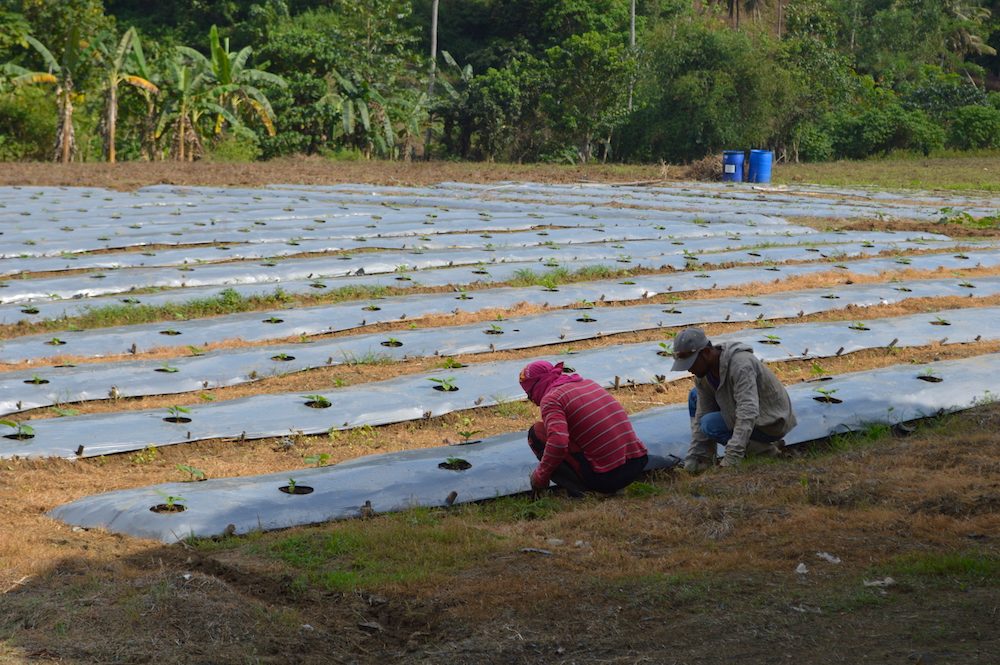SUMMARY
This is AI generated summarization, which may have errors. For context, always refer to the full article.

ZAMBOANGA DEL NORTE, Philippines – As they celebrate the 50th founding anniversary of their town this year, residents of Siayan, Zamboanga del Norte, have reason to cheer: the town was able to hurdle dire economic conditions after its residents, mostly illiterate Subanens, met with local leaders 7 years ago and drew their future – literally.
In 2009, Siayan was named the poorest municipality in the country, based on data from the National Statistical Coordination Board (now part of the Philippine Statistics Authority).
“Our poverty incidence then was 97.5%, or for every 10 Siayanons, 10 [were] living below [the] poverty line. We started with magabet, Subanen word for dialogue, so we would know how they want their lives to be,” said Flora Villarosa, mayor of the town since 2010.
Villarosa, 44, said 70% of their 43,000 population are Subanens, who by their culture are extremely shy, naive, and cannot read nor write. “So I asked them to just draw what they wanted. We gave them crayons, pencils, and papers,” the mayor told Rappler.

She said the drawings she got included a school building with a flagpole, a carabao, corn fields, a bridge, roads with simple bahay kubo (huts) on the side, and a plate.
“I was deeply touched by the plate because I realized that many of my fellow Siayanons were hungry. They can hardly eat 3 meals a day, and they didn’t even know what a snack was,” Villarosa said.
Transformation
The mayor noticed that when conducting dialogues in barangays, she could not treat the residents to bread and soda because there were no stores.
The practice then was people in barangays had to walk 8 to 10 hours to the Siayan town center once a week to buy salt, bulad (dried fish), and ginamos (salted fish) because these were the only food they could afford, and could be stored for weeks without being refrigerated.
That was when Villarosa thought of organizing cooperatives in Siayan’s 22 barangays by putting up “sari-sari” stores. She gave the barangays seed money out of her salary.
“I can survive without salaries – I am blessed with successful businesses,” the mayor told Rappler. “But I also don’t want them to have [a] dole-out mentality. I told members of the cooperatives they should put up capital money of P450 each so they will have a sense of ownership.”
While the residents buy basic commodities at their own stores, they can also sell their corn – the only produce they had 7 years ago – to the cooperative. The cooperatives were eventually federated, and put up a bigger store in the town center.
“They found they benefited from this setup because they don’t have to carry their corn – some just half a sack (25 kilograms) or a quarter of a sack – to the town. The federation takes the corn from the cooperatives and sells it to nearby Sindangan (municipality) or Dipolog City,” Villarosa said.
Aside from corn, the local government also helped Siayanons plant vegetables, like eggplant and string beans, as well as rubber.

At the same time, the mayor said she continued to build roads and school buildings, put up water systems, and expanded electricity connections. She added that they sent their municipal employees for training, particularly in agriculture and business, who taught Siayanons in return.
Indicators
Since starting the intervention 7 years ago, Villarosa said their survey last year revealed that poverty incidence has been reduced by 50%, and food shortage affecting 25.22% of households in 2008 went down to 1.17% last year.
From being the poorest municipality in the country in 2003 to 2009, Villarosa said Siayan is now at 36th, “and we continue to climb.”
“What’s even more rewarding is hearing your people say they can already eat 3 times a day, may snack pa (and still have a snack). The person who drew the plate is now chairman of a barangay here,” Villarosa said.
The mayor said her people now know that they were able to reverse their fortunes. “From having a mindset of ‘we were born poor, we will always be poor’ to ‘we can improve our lives with right attitude and hard work,'” she said.
“This is my last term, I just want them to continue what we have started and achieved.” – Rappler.com
Add a comment
How does this make you feel?
There are no comments yet. Add your comment to start the conversation.